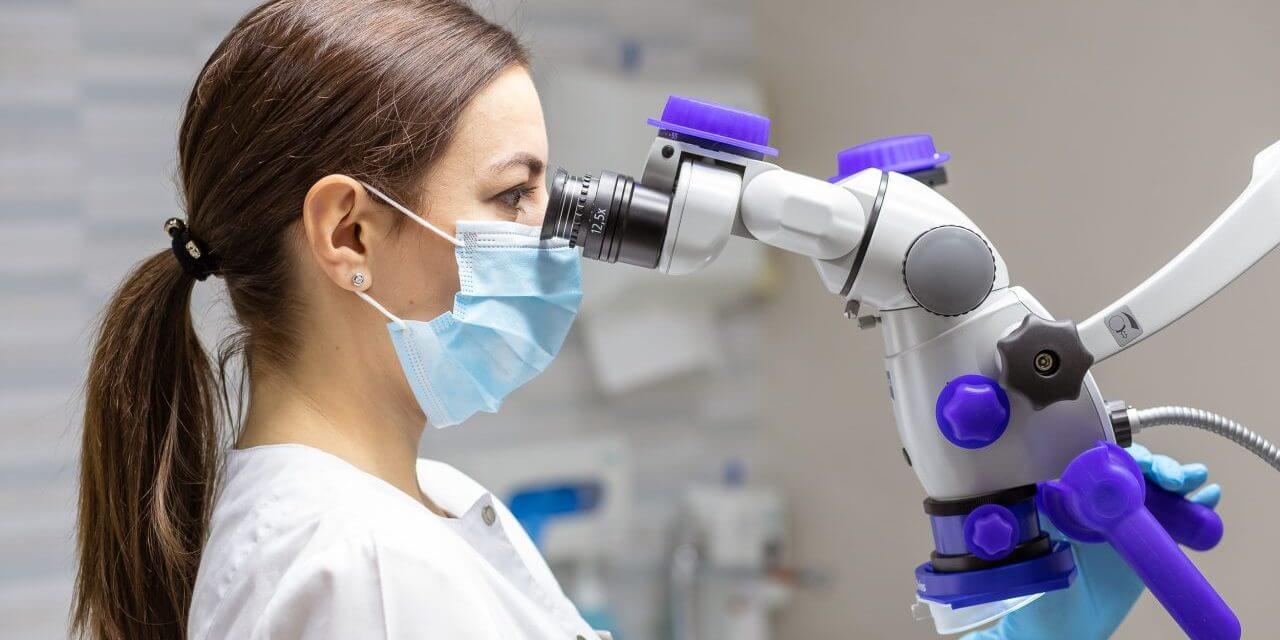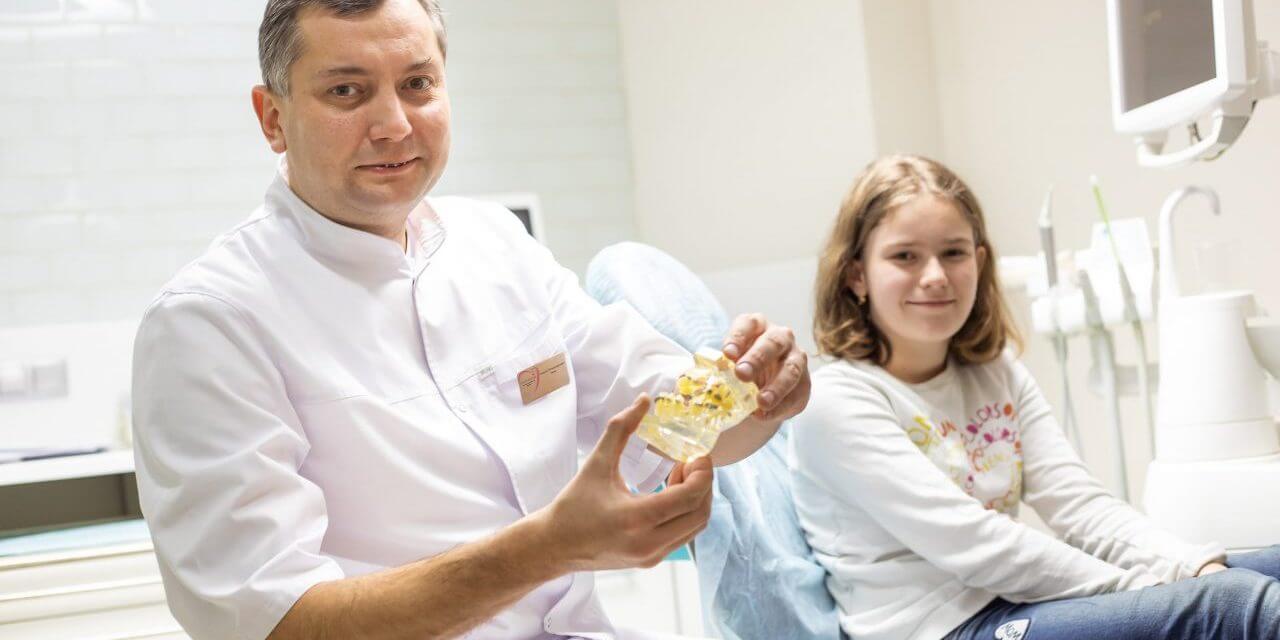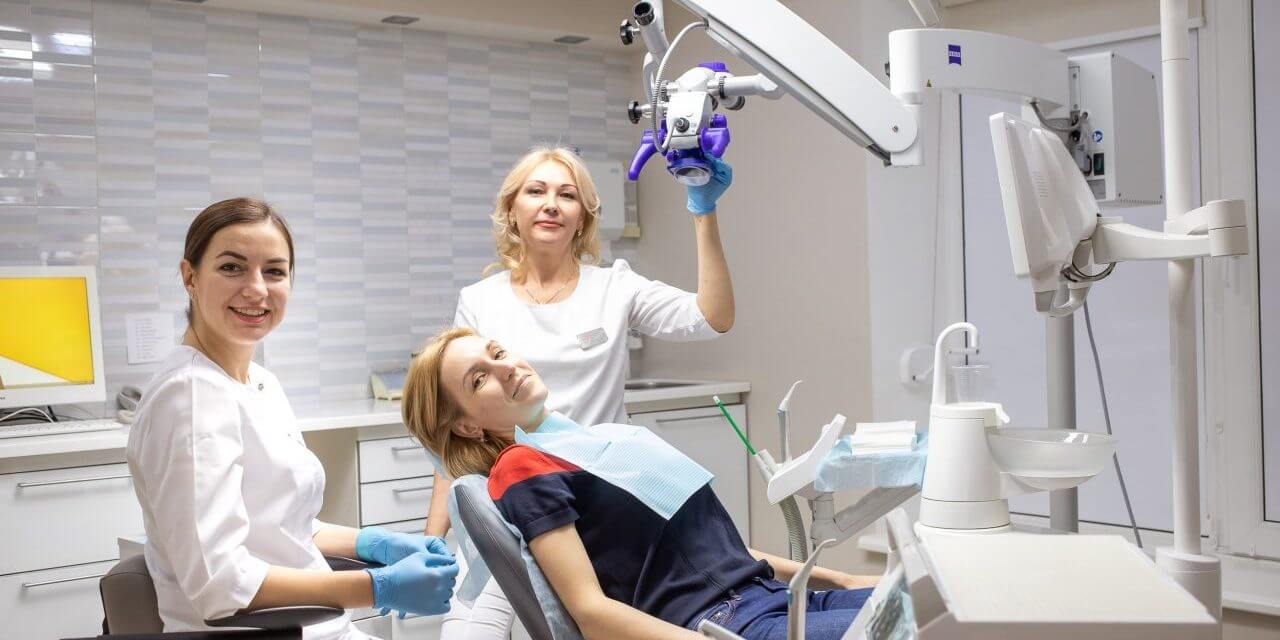Microscope is one of the greatest inventions of humanity. High-tech equipment is widely used in general medicine, from where it came to dentistry and opened up even greater opportunities for quality treatment.
So, for example, numerous problems were solved that until then had continued to be a serious problem. Surgical operations using a microscope saves the most of dentition, when, as before, these teeth were to be removed. The main fields of microscope applications are diagnostics and endodontic. In dental surgery the device is needed to perform tooth-preserving manipulations, plastic surgery of the gums, etc.
For the first time a microscope in dental practice was involved more than 20 years ago. For more than two decades the device has undergone significant changes. Nowadays, there are many models of dental microscopes, differing by type of attachment, floor-standing or fixed. Binocular heads also have their varieties in a similar manner as for the type of mounting and focal length of the lens. As for the method of light reflection, the equipment of direct or lateral reflection is distinguished. Light can come from a halogen, metal halide or metal halide source.
Crucial importance is magnifying capacity of the device As for manufacturers, products of German brands Carl Zeiss, Leica, KaVo have proven themselves well. SEILER equipment is manufactured in the USA and will be discussed below.
SEILER IQ and Evolution are the latest generation of dental microscopes. The devices are equipped with German optics with metal halide lamps installed. This type of light source allows the doctor to work with a multiple magnification and as accurately as possible. All this guarantees an excellent result of all actions performed and, as a consequence the maximum effectiveness of treatment. The design of the microscopes is made so that the dentist is in a comfortable position during work and does not feel pain in the back. Doctor’s comfort is another important condition for the effective work.




